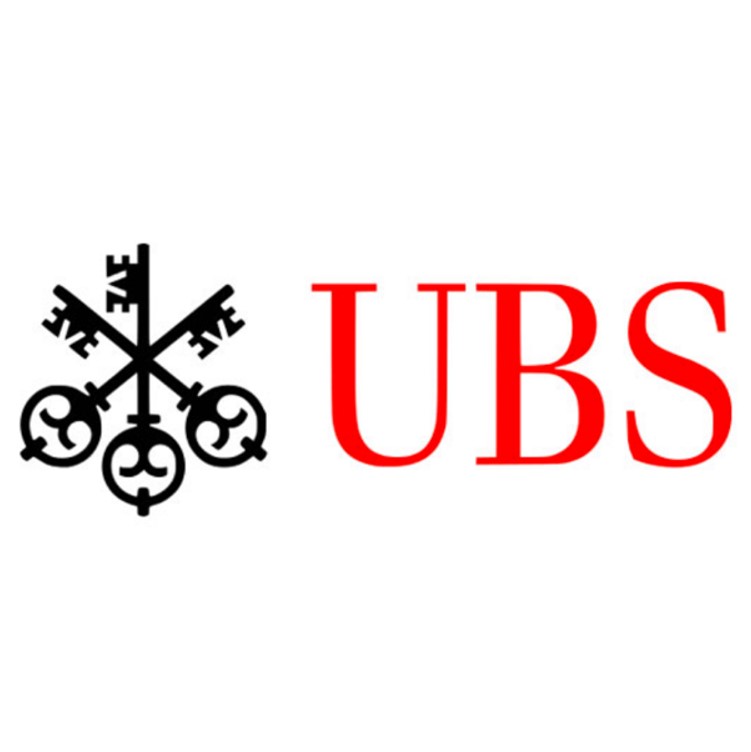Investment Strategies
AI and Tech To Fuel Equity Gains In 2026 – UBS GWM

As 2026 approaches, UBS Global Wealth Management’s chief investment office outlines in its 2026 outlook “Escape velocity?” what investors can expect in the new year, where to look for growth and income, and why diversification matters for building a robust portfolio.Â
This week, UBS Global Wealth Management's (GWM) chief investment office (CIO) highlighted that artificial intelligence and technology have been drivers of global equity markets in 2025 and should fuel further gains in 2026.
Additionally, the economic backdrop in 2026 should support equities more broadly, with growth accelerating in the second half of the year. In the US, growth is expected at 1.7 per cent, backed by more favorable financial conditions and accommodative fiscal policies. Eurozone GDP is forecast to grow at 1.1 per cent, while APAC’s economic growth should reach the 5 per cent range, UBS GWM said.
The Swiss banking group's wealth arm struck a broadly positive note in spite of nervousness over high Big Tech valuations in the equity market, and concerns over whether a bubble might be forming. Since the start of 2025, the S&P 500 Index of US equities has risen 11.5 per cent, paring some gains in the past week.
“As we look ahead to 2026, the question is whether the powerful forces of AI, fiscal stimulus, and easing monetary policy can propel global markets beyond the gravity of debt, demographics, and deglobalization, toward a new era of growth,” Mark Haefele, chief investment officer at UBS GWM, said. “Navigating these structural shifts demands that investors adapt their strategies by focusing on sectors and themes where capital is flowing and transformation is taking place.”
UBS recommends adding to equities which are expected to rise by around 15 per cent by the end of 2026. In the US, the firm favors technology, utilities, and healthcare. In Europe, it likes industrials, technology, and utilities. In Asia, it favors China, particularly tech, Japan, Hong Kong, Singapore, and India. Globally, UBS also likes banks.
The bank highlighted China’s tech sector as standing out as a top global opportunity. Strong liquidity, retail flows, and earnings expected to rise to 37 per cent in 2026, should sustain momentum for Chinese equities. Broader Asian exposure, in particular to India and Singapore, could provide additional benefits for investors seeking diversification, as could emerging markets, the bank added.
Supply constraints, rising demand, geopolitical risks, and long-term trends such as the global energy transition should also support commodities, UBS GWM said. Within this asset class, particular opportunities exist in copper, aluminium, and agricultural commodities, while gold serves as a valuable diversifier.
Seeking income
UBS believes that income-seeking investors should diversify, by
blending quality bonds and higher yielding strategies with
income-generating equities and structured investments. This
should help generate yield and manage risks associated with
tight credit spreads and market uncertainties.
On currency, the bank prefers the euro, Australian dollar, and Norwegian krone over the US dollar, as anticipated US rate cuts may put pressure on the greenback. However, it said that there are risks that could bring markets back to earth in the year ahead, including a potential disappointment in AI progress or adoption, a resurgence or persistence of inflation, a more entrenched phase of US-China strategic rivalry, and the (re-) emergence of sovereign or private sector debt concerns.
To manage risk, UBS said investors should consider a diversified approach to hedging market risks, including holding adequate liquidity to prevent forced selling, and consider quality bonds and gold for stability.
Meanwhile, adding alternatives, such as hedge funds and private equity, is a key part of effective diversification, and for many investors with an endowment style portfolio an allocation of up to 40 per cent of total assets to alternatives could enhance risk-adjusted returns.